Obsology
Date
Dimensions
Matériaux
Nombre d'éditions
Prix
Description
Obsology - a neologism coming from a mix of the words obsolescence and archaeology - is a series of still images and generative videos on the topic of Post-digital archaeology.
Nowadays, every instant of life is recorded and generates a massive amount of data. Paradoxically the survival of this data - and the knowledge it contains - has become uncertain: the electronic consumer devices we daily use are made of rare and exhaustible metal while servers designed to store data consume too much energy to cool down and quickly become obsolete.
Will our considerations on issues such as digitalization and the climate crisis last ? What traces will be left over for future generations to remember ours ? And in which form?
In that context, Obsology uses irony and absurdity to portray different scenarios borrowing their aesthetics from our web era. In landscapes where humans seem to have disappeared, objects or symbols - that have emerged from our digital imagery - are staged or sometimes physically anchored into sustainable and "archeological" materials such as glass, textile, stone, shell, ice, metal or magma.
This series also underlyingly questions the perennity of Digital Art itself.
Born during an online residency on the IsThisIt? platform at the beginning of 2020, the work was presented for the first time as an installation for the exhibition “The Final Prophet” in Shenzhen (China) curated by Iris Long and Qui Zhijie and featuring artists such as: Jakob Kudsk Steensen, Heather Dewey-Hagborg, Daria Jelonek and Akihiko Taniguchi among others.
For this show, three aluminium prints from the series are hung on the wall. Nearby, three screens are placed chaotically on the floor. They are enclosed in a kind of futuristic archaeological site where a 3D lidar scanner has replaced the dusty soil, trowels and brushes of yesteryear.
The “Obsology” series currently includes:
Bivalves data shells, 2020, Generative Video
Like an electronic waste dump of obsolete servers, a bunch of shells are left on the sand in a chaotic way. What messages are they trying to send us?
Overheatedface.png, 2020, Generative video
Printed on a parachute canvas, an emoji - from the whatsapp application - representing an overheated face, seems to be at the mercy of the wind and the heat escaping from the ventilation tube of the building.
Hyperhighway, 2020. Generative Video
Could the inlaying of Captcha and QR code into resistant material such as galvanized steel be a way to conserve and transmit our web imagery to the future generation ?
Royal Solar Garden, 2022, Generative Video
Drones scan an endless field composed of sharp-edged bushes and solar panels. Nature and infrastructures seem to compete for space in a kind of geometric hybridisation, in search of the best efficiency to produce green energy.
Iphone needs to cool down, 2020, Print on aluminium, 50 x 50 cm
How consumer electronics themselves will fare in a future affected by catastrophic global warming ?
Self-reflection on Magma, 2020, Print on aluminium, 50 x 50 cm
What would be the last gesture of today Pompei's tourists before death ?
Global wiring, 2020, Print on aluminium, 50 x 50 cm
Retrieved from remaining icy landscapes of the arctic, frozen wires, evidence of an ubiquitous and intricate connectivity, indicates a thirst for bandwidth
Windy adventure, 2022, Print on aluminium, 50 x 50 cm
Wind turbines were not only a crucial infrastructure for the production of green energy, they also became places of entertainment and adventure. Here, the trunk of this infrastructure appears to have been covered with climbing holds in the shape of internet browser icons. One of the last tangible traces of our vanished digital age?
Vue d'exposition au Kornhausforum, Berne
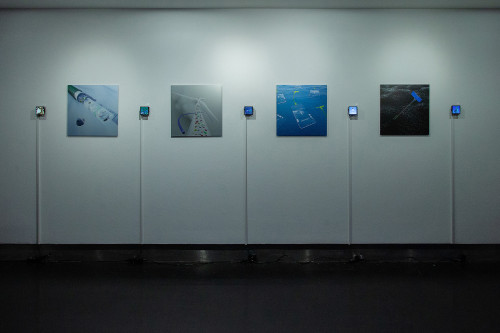
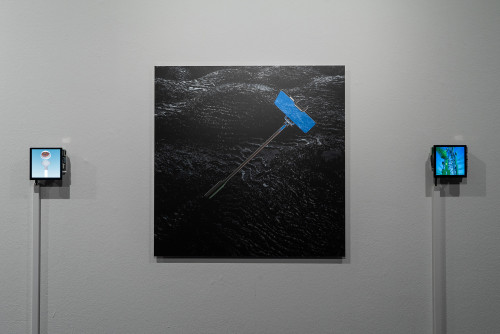
Exhibition view in Shenzhen (China)
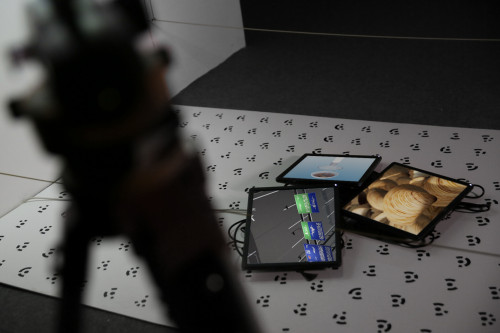
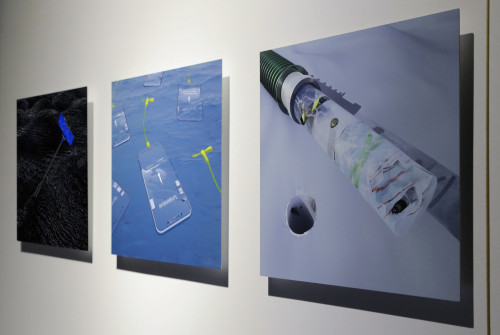
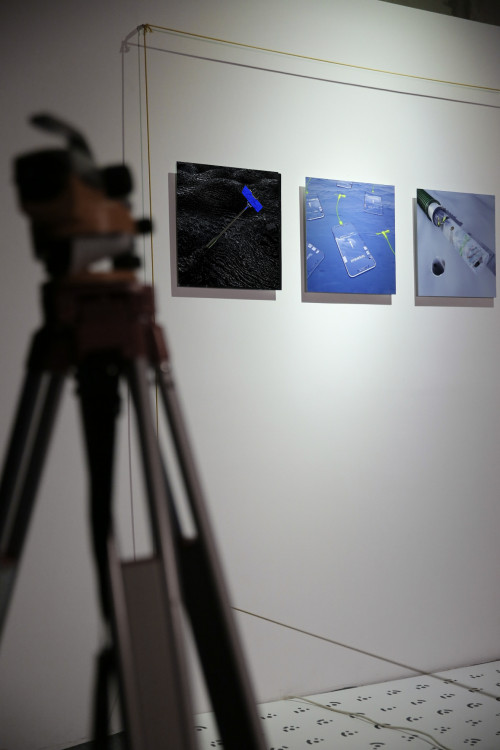
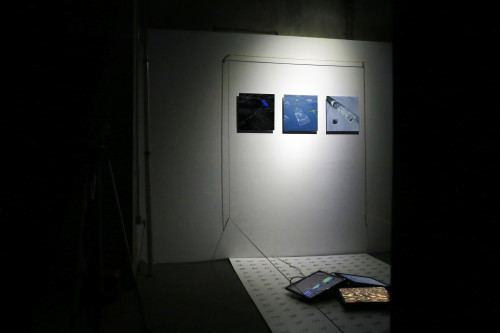
Still image (print on aluminium 50x50cm)
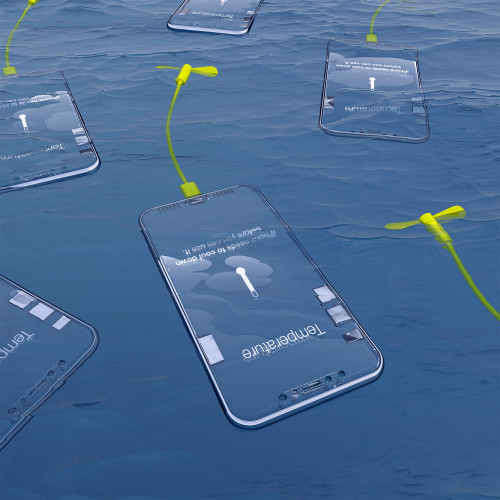
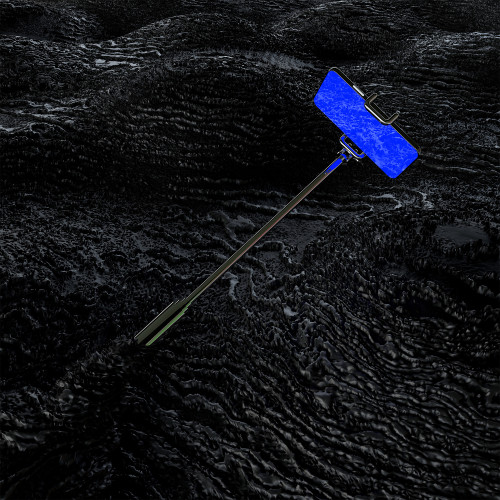
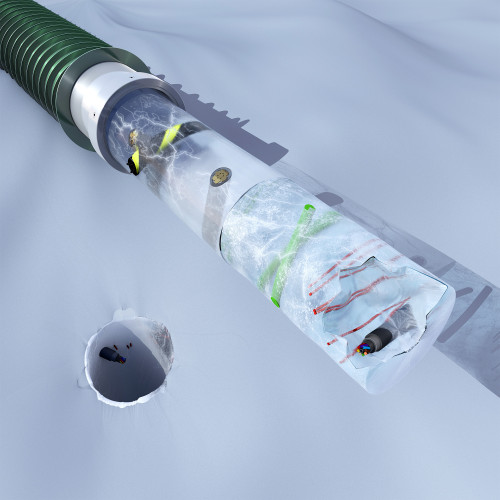
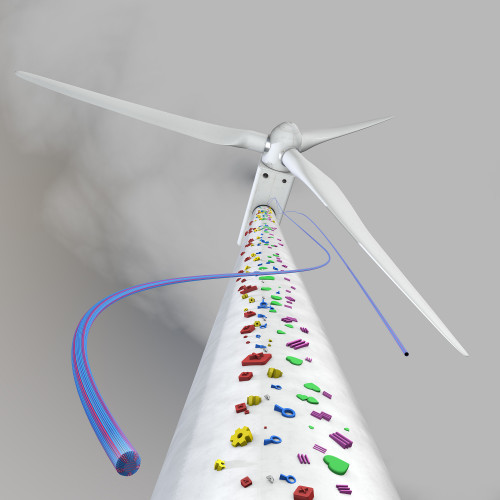
Vidéos
Expositions
Presse
Contact
Merci
Fondation Vaudoise pour la Culture
Swiss Cultural Fund UK
Pro Helvetia
Art Foundation Pax
HeK
Canton de Vaud
Ville de Lausanne
Ville de Renens
Migros pourcent culturel
Arts at CERN
Hospitalité artistique de Saint-François
Club Alpin Suisse CAS
MUDAC